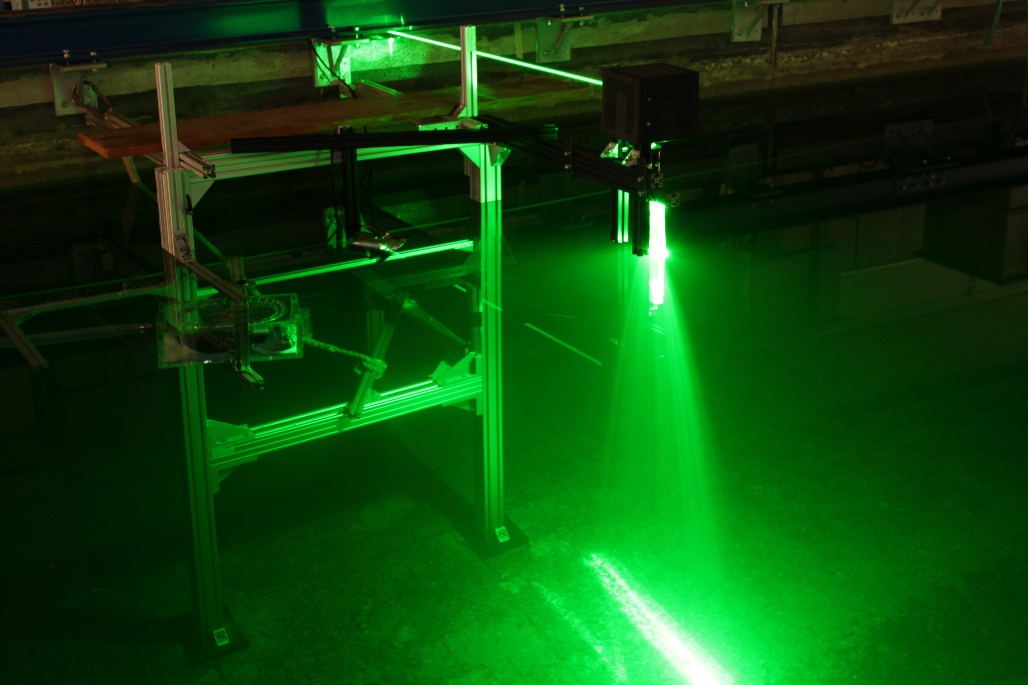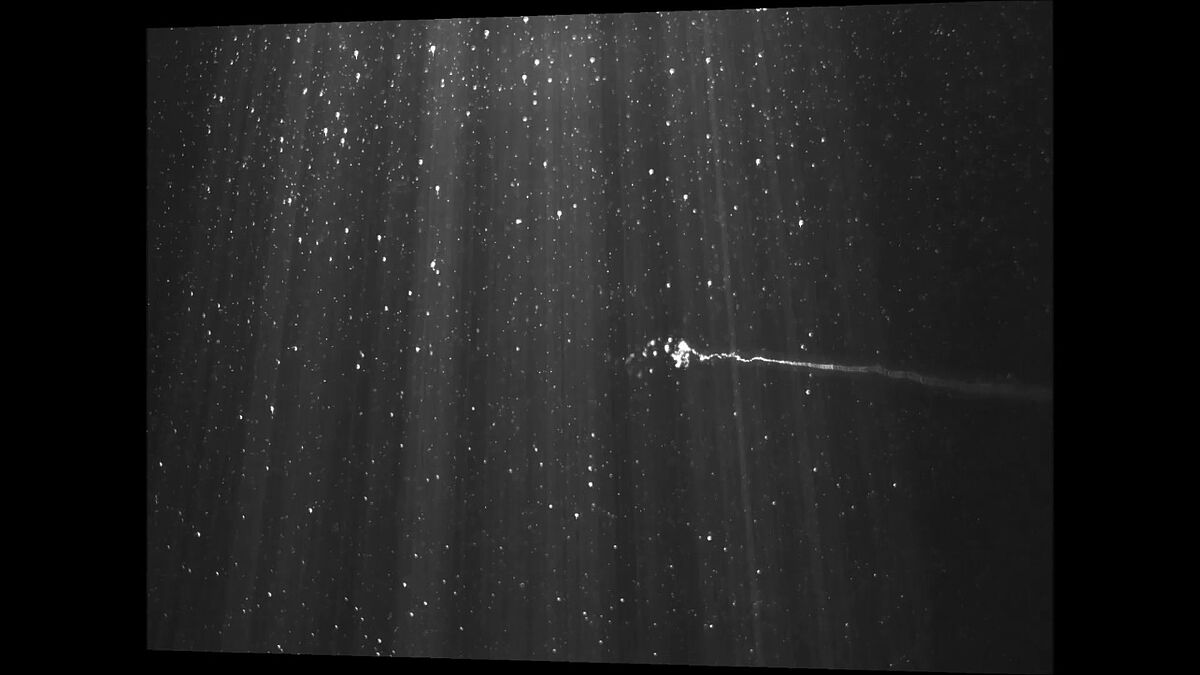Ground Interaction and Breakdown of Wake turbulence
Experimental Study on Ground Interaction and Breakdown of Generic Transport Aircraft Wakes with Focus on Final Approach and Landing
Motivation
The behavior of the wake vortices of large commercial aircraft during final approach and touchdown is of great interest to the aerospace industry and, to the same extent, to airport operators. The aim is to achieve the closest possible separation of aircraft during take-off and landing in order to ensure efficient utilization of the runways. However, the wake turbulence produced by each aircraft during flight poses a threat to subsequent aircraft depending on the prevailing weather conditions. For this reason, an intensive research need exists in the future to describe the behavior of these wake vortices and to influence them by suitable measures.
Objectives

As part of the proposed project, special attention will be paid to the most realistic experimental simulation of final approach and landing in order to investigate the special conditions at an airport. This means to simulate the glide path, and thus the ground effect, by approaching the surface, as well as to simulate the most realistic flare possible.
The aim of the research project is to gain further insights into the decay mechanisms of wake vortices of landing commercial aircraft under the influence of the ground experimentally, as well as to make a prediction of the propagation speed of the occurring instabilities. The three-dimensional reconstruction of the vortex patterns in the vicinity and upstream of the point of touchdown is of great interest as well. Together with numerical results, this can provide valuable information for the further development of field experiments.
Schedule

The conception and design of the models used within the project will be advanced in parallel with the development of measurement methods based on preliminary tests. In particular, the refinement of the laser-optical measurement methods is of importance here.
In a further step, the system is validated by examining and confirming selected test cases from the literature. Parameter studies will be carried out during this period to find repeatable test conditions. The influence of the ground is added to the experiment to finally investigate the behavior of wake turbulence under the influence of the boundary layer as well as the occurring end effects in detail.
Further Information
| Researchers | S. Grundmann, A. Kurz |
|---|---|
| Duration | 3 years |
| Financial Support | Deutsche Forschungsgemeinschaft (DFG) |
